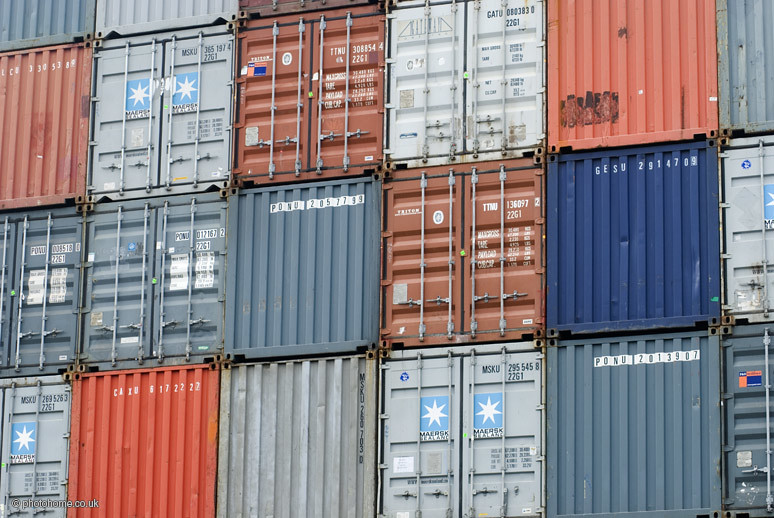Topline
When countries need help implementing measures that prevent the proliferation of chemical, biological, radiological and nuclear (CBRN) weapons (and their means of delivery), they often have trouble finding the assistance they need. Likewise, countries and organizations offering help often have difficulty matching their funds, expertise, and capacity with states that need it. In short, existing nonproliferation assistance programs are a confusing maze for those that need help and a slow and frustrating process for those offering it. As a result, while all countries are legally obligated to take these measures, many are far behind in implementation. The President can create a central forum for countries to find and offer help through the Global Partnership Against the Spread of Weapons and Materials of Mass Destruction and increase U.S. capacity to improve the nonproliferation assistance process. 1United Nations Security Council, “Report of the Security Council Committee established pursuant to resolution 1540 (2004),” S/2016/1038, 9 December 2016, S/2016/1038, https://undocs.org/S/2016/1038.
Problem
United Nations Security Council resolution 1540 (2004) legally binds States to take a host of measures to prevent terrorists and other proliferators from acquiring nuclear, chemical or biological weapons and their means of delivery. But both those States seeking implementation assistance and those entities offering help have expressed considerable dissatisfaction with the match-making process.
There is no single forum where States seeking assistance, particularly those seeking assistance across the spectrum of chemical, biological, radiological and nuclear weapons and their means of delivery, can directly engage those offering such help and where they might better navigate the assistance maze.
There are many offers of assistance, but no central list. The Stimson Center Assistance Support Initiative’s database of relevant nonproliferation assistance programs and projects (https://www.1540assisatance.www.stimson.org), for example, contains more than 1400 entries with more than 90 different funding or implementation partners. Yet this dataset is limited by what information is publicly available and how often it is updated.
Creating successful proposals for assistance is often difficult. When those seeking assistance do find a program of interest, they are often challenged to develop an effective proposal. Each potential partner typically has their own unique proposal requirements with complex – often technical — criteria, posing a high barrier of entry into assistance partnerships. This consumes time, skills and resources that states seeking assistance often don’t have.
Background
Expanding on the highly successful Nunn-Lugar Program in the 1990s, in 2002, the then-G8 established the Global Partnership Against the Spread of Weapons and Materials of Mass Destruction (GP), a 10-year effort to prevent terrorists or illicit State WMD programs from acquiring such weapons or related materials from the countries of the former Soviet Union. The success of the program, and the increasingly global availability of proliferation related materials, prompted GP members to look at assisting a wider range of countries and to extend its 10-year mandate. Although membership in the GP grew to 31 countries, it no longer reflects the kind of “Partnership” it had in its early years, where those seeking assistance were GP members. Today it more accurately serves as a provider partnership. Something else important was lost in the expansion process: many of the early Nunn-Lugar projects required significant initial investments in improving the capacity of potential partners to formulate (and later execute and monitor) effective project proposals, such as happened with the Science and Technology Center in Ukraine. There is no parallel effort for the larger for the larger number of potential partners for assistance.
The President Should:
- Create an annual nonproliferation assistance forum in the GP. Work with the GP President to convene a forum for those States seeking nonproliferation assistance to meet with GP members to share priorities, best practices, and other critical information.
- Increase assistance application quality. Establish and sufficiently fund a body in the State Department to provide resources to help those seeking nonproliferation assistance prepare effective assistance proposals and find U.S. or foreign assistance partners.
- Increase available assistance funding. Work with Congress to increase the availability of nonproliferation assistance funds for work globally or with a wide range of countries in a region as compared with more traditional bilateral funding.
Notes
- 1United Nations Security Council, “Report of the Security Council Committee established pursuant to resolution 1540 (2004),” S/2016/1038, 9 December 2016, S/2016/1038, https://undocs.org/S/2016/1038.



